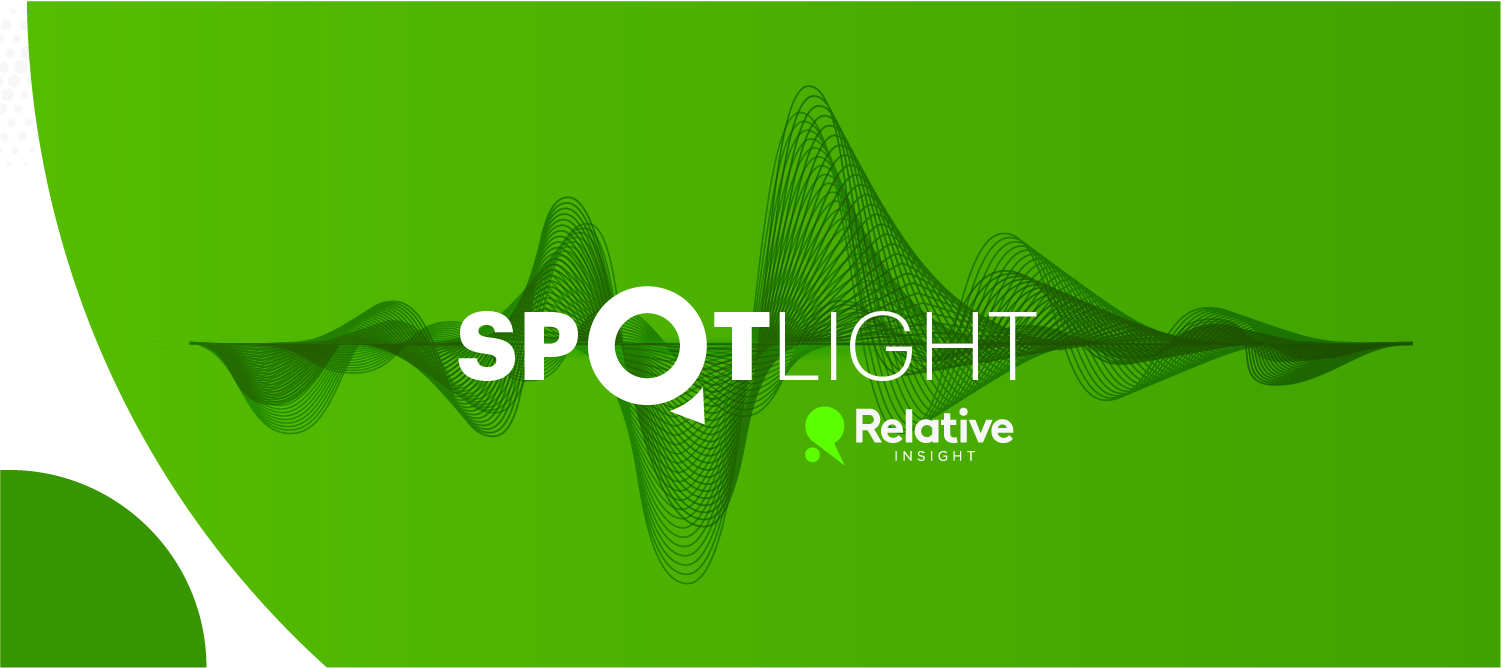Watch on-demand: Don’t miss a beat – navigating the complex world of ‘trackers’

In today’s data-driven world, there’s a way to track just about everything we do or care about – from revenue and customer satisfaction to the books we’ve read and even the steps we’ve walked.
Tracking provides insight into important changes and trends that may have otherwise gone unnoticed. But for businesses, there is no one size fits all approach – different priorities require different approaches.
Hosted by Relative Insight’s David Koke and Amy O’Baker, this Spotlight Series session brought together three experts – Lindsay Clawson from USP, Sam Valentine from Collibra and Lipman Hearne‘s Kirsten Fedderke to discuss the tracker best practices and ensuring actionable insights.
What’s a tracker?
So, what is a tracker? David explained that tracking is an effective way to visualize changes over a period of time, distinguish between trends and flashpoint issues, and can help assess impact by correlating changes to events.
Trackers can be used to assess commercial performance, including churn and revenue through quantitative analysis. They can also be used to track brand perception/awareness and customer feedback using qualitative data like social media, surveys and reviews.
Tracking is most successful when you focus on the things you have an ability to influence and relate to a core objective. As David puts it – “if you track everything, you track nothing“.
Heartbeat
At Relative Insight, we recently launched our approach to tracking called Heartbeat. Heartbeat allows you to track how the composition of a particular conversation changes over time. By defining the themes you care about, you are able to visualize the volume of conversation dedicated to those topics over time.
Panel discussion
Lindsey Clawson started off the panel discussion detailing her experience using Heartbeat. Clawson approached Relative Insight with the objective of monitoring the conversation around fake COVID vaccines. This quickly changing and complex landscape required real time tracking of not only tangible incidences of vaccine fraud, but also simply fake news.
This project utilized social media data and news coverage by tracking a select group of relevant words. Lindsey used Heartbeat to understand the difference between long-standing trends and brief moments of change.
Kristen Fedderke used Heartbeat to understand student recruitment marketing for higher education institutions. Specifically, she sought to understand how a college or university’s offerings intersect with what students want and consider when choosing schools.
Kristen looked at forum conversations regarding the college decision making process over three years. Heartbeat was used to understand what’s changed about the college decision making process in light of COVID – and what hasn’t changed long term.
Sam Valentine approached Heartbeat from the employee experience angle, focusing on office culture and work experience. Over 18 months, he looked at how employees felt in regards to themes like fear and optimism. The end goal was to shape policies and culture to increase retention and employee satisfaction.
The discussion moved on to understand how our panelists created actionable change from Heartbeat, ensured reliable and accurate tracking, the benefits of text analysis and the panel’s most shocking insights.
Watch the on-demand video to hear more about Heartbeat and how tracking can be effectively utilized.
